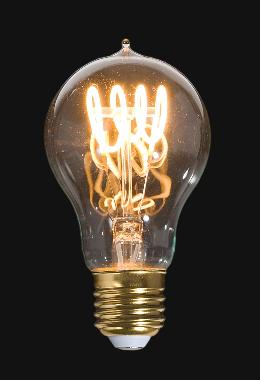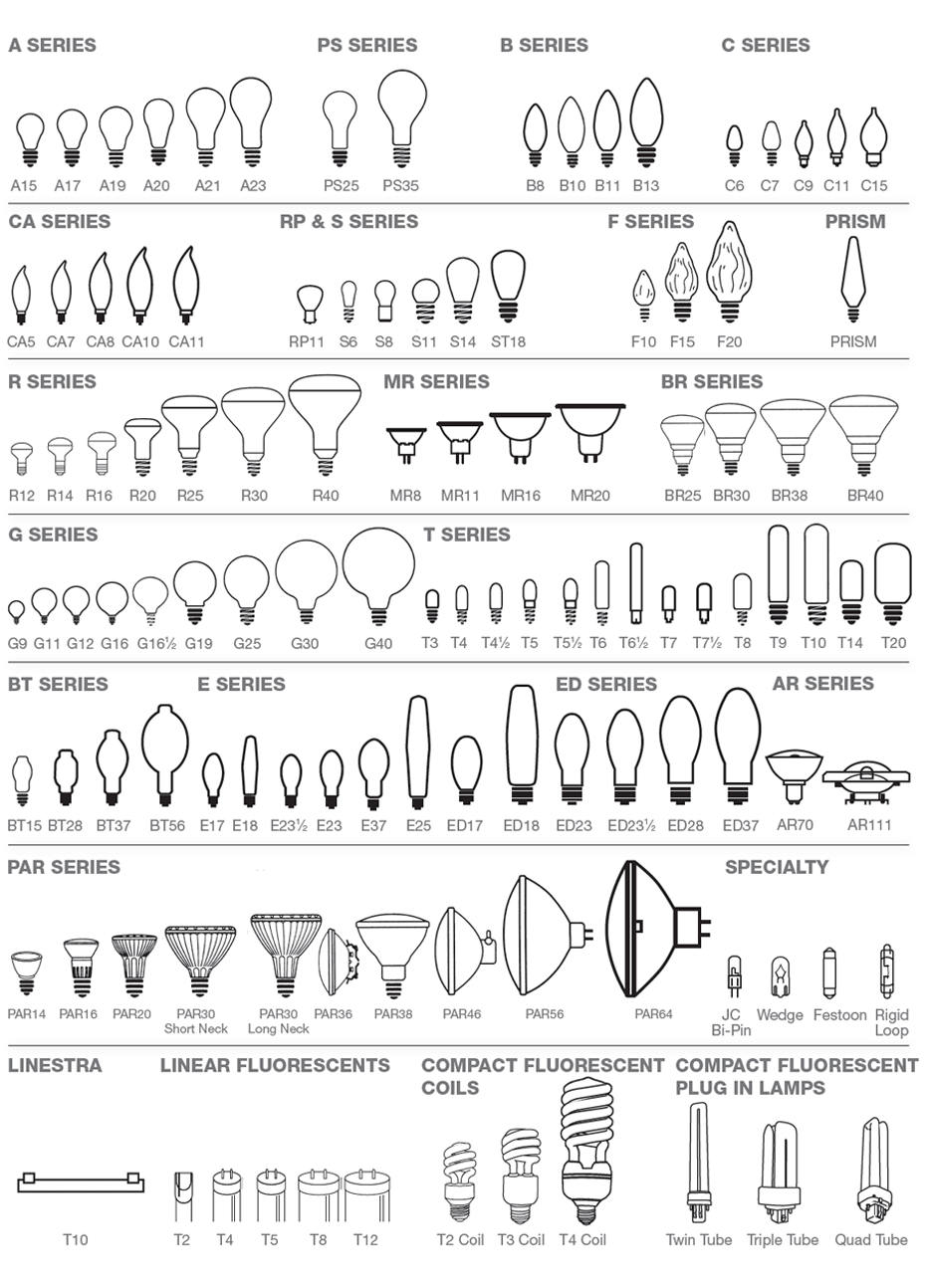By Ann Gapasin
Do you have to change light
bulbs frequently?
Are your electric bills
unusually high?
You may lack proper light
bulb care!
3 Types of Light Bulb for Lamps
You’ve seen stacks of
energy-efficient bulbs in hardware stores. If you’re the girl/boy scout type,
you probably have some kept in the kitchen drawer in case of an emergency. But
do you understand the kind of bulbs that you use? Do you know that there are other
options out there?
Incandescent, compact
fluorescent light (CFL), and halogen light bulbs are the most basic kinds
available on the market these days. This article will walk you through each of
them so you can make an informed decision as to which is the best bulb for you.
Incandescent Bulbs
This is the most traditional
type, and almost all of us are familiar with it. Incandescent bulbs produce a
warm glow that is ideal for creating a cozy mood or when highlighting color in
a room. However, it is the least efficient and will have to be replaced more
often than others.
 |
| Incandescent A19 Bulb |
The high-temperature tungsten
filament produces visible light with infrared waves.
Only 3% to 8% of the energy
that they consume is transformed into visible light. The rest becomes heat.
●
The
average lifespan is only approximately 1,000 hours.
●
Imposes
challenges when it comes to recycling
●
May
cause eye strain
●
Generally
fragile: sensitive to voltage and temperature fluctuations and presence of
water.
CFL (Compact Fluorescent Light) Bulbs
CFLs are today’s superstar
when it comes to lamp bulbs. They are the most energy-efficient and can be
found in different shapes. These bulbs use much less electricity than
incandescent and even last much longer. However, they incline to emanate cold
light, similar to halogens. This makes CFLs more appropriate in shaded areas.
Furthermore, they contain mercury, which means they must be handled with
extreme caution.
 |
| Compact Fluorescent Bulb (CFL) Spiral Top |
●
Electrons
triggered by mercury vapor releases UV.
●
15%
to 20% of energy is converted into visible light.
●
CFLs
tend to last at least ten times longer than incandescent.
●
There
is a possibility of mercury vapor leak, so special handling is required during
disposal and recycling.
●
CFLs
are also vulnerable to voltage fluctuations
●
You
must wait for several minutes for its output to the peak.
Light Emitting Diodes (LED)
These deviate from the
traditional way on how light bulbs work. LED does not have a filament. Instead,
they pass current across a semiconductor to produce light. Because they do not
have filaments that will slowly burn out, they require less replacement.
 |
| Edison Style Filament LED A19 Bulb |
LEDs are considerably more
efficient than incandescent and CFLs because their waste thermal radiation is
much lower. Earlier varieties were criticized for taking too long to reach the
peak output. But this aspect has been improved and newer types light up
immediately.
●
LEDs
are electroluminescent.
●
They
convert 90% to 99% of energy into visible light.
●
They
can last for up to 60,000 hours or more.
●
This
type of light bulb is easier to recycle.
●
Their
robust structure allows them to withstand harsh conditions.
How to Take Care of Lamp Bulbs
Learning how to take care of
your lamps not only prevents frequent trips to the hardware store, it is also
an effective way to avoid unnecessary inconvenience and safety hazards.
Don’t Touch the Light Bulb While It Is Still Hot
Light bulbs produce heat. And the longer you leave them on, the hotter they become. Heat causes the metallic filament within the bulbs to become brittle. According to Sunrise Electrician, a trusted Tampa electrician, you are subjecting the thread to more vibrations when you move the lamp while it is still hot. A combination of heat and vibration will surely trim a hundred hours or so from your light bulb’s lifespan.
This precaution should also be applied during installation. A bulb installed in a mobile place will also become mobile. This means that those bulbs installed in hanging pendants tend to have a shorter lifespan. Same goes with the lamp inside your fridge: it shakes every time you slam the door. For this kind of application, make sure to use bulbs with reinforced filaments.
Limit the Use of the On Button
If you’re leaving the room for only a brief period, it might be wiser just to leave the lights on. This is because every single time that you turn the switch on, you are subjecting the light bulbs to a blast of power. It takes faster than a blink of an eye for the current to reach the filament.
What does this mean? It means the filament’s temperature will rise from a cozy 70°F to 3000 70°F in less than a second. If you flip the switch too often, the filament will break in no time. One of the common symptoms of a filament problem is flickering lights.
But it is essential to know that flickering lights can also be caused by a more severe problem. The most common is an overloaded circuit. Electricians advise to call them during light bulb replacement so that they can check if there are other issues within your electrical system.
Let the Light Bulbs Run at Low Power
Running on low power is another secret of long-life incandescent bulbs. Power equates to heat, which means less power is less heat. And less heat is equivalent to less stress on your light bulb filament.
Common houses in the country run on 110. So if you use a bulb with a 130V rating, it will operate using a power that is 15% less than it is capable of handling. You may also take advantage of dimmer switches. These devices lower the voltage that comes to the bulb, reducing their burden.
Keep in mind that the primary purpose of light bulb care is to save on resources. That being said: do you think it is more practical to extend the life of incandescent bulbs of your brass lamps by dimming and avoiding the switch button? Or is it time to move to more energy-efficient products? Take to a licensed electrician on how to make your home safer and friendlier to the environment.
This article was written by Ann Gapasin. Thank you, Ann, for your contribution to this blog.






























